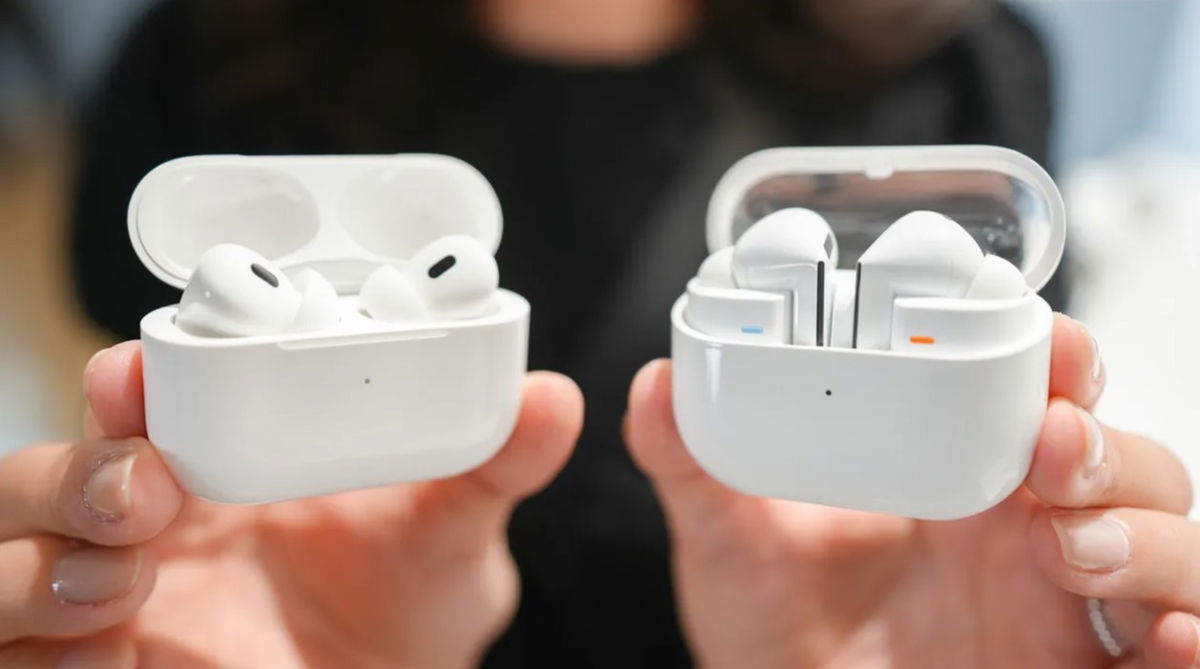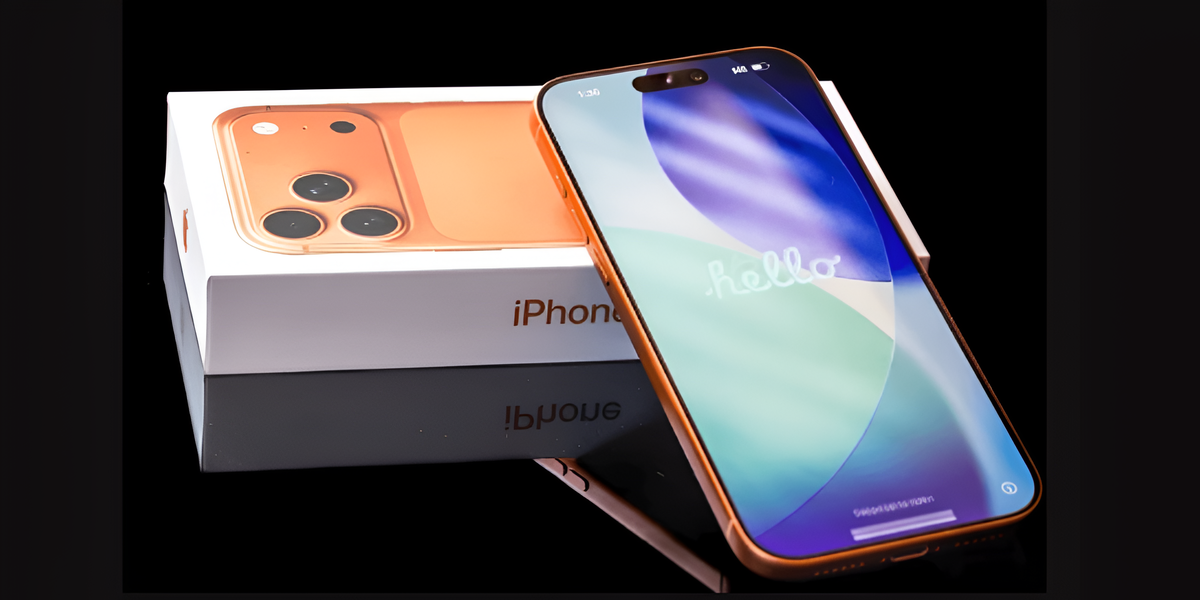organ transplant Usually they are carried out according to vital indications. if transplanted heart, lungs or liver this is because the patient needs it to survive. In some cases, it is related to fertility, for example uterus. Or to end chronic pain, as happened with the recent hand transplant. In other cases, it is done for pure aesthetics. However, the risk of possible rejection by a foreign body will not be fully justified. But the solution could be to use the patient’s own cells to make implants. That’s what a team is scientists from the Microtia-Congenital Ear Deformity Institute and 3D Bio Thetapeuticsto production and successfully implement ear for a patient with congenital microtia.
This is a disease that is characterized by the erroneous development of the outer ear. It means that inner ear is fine, but one ear is poorly developed. Only if it’s degree 4 does it affect hearing. In general, patients can lead a normal life, but they usually have a lot of aesthetic complexes. In addition, in childhood they can become the object of ridicule from their peers.
For this reason, various types of prostheses have been developed over time to replace the poorly developed ear. Basically there are two options: costal cartilage graft the patients themselves or a prosthesis made from artificial materials such as porous polyethylene (EPP). The problem is that the first option is too invasive for the results it offers, and the second is much more rigid than the ear. It is noted that this artificial. On the contrary, the ear grown by these scientists in the laboratory is much more flexible and practically the same as natural.
Here’s how the ear is “made”
To get this prosthesis called Aurinovo, scientists took a sample of cartilage cells from a patient’s healthy ear. They then grew them in the lab and mixed them with bio-ink based on collagen. Bioink is a mixture of cells that are used to print living tissue onto 3D printer. And collagen is a very common fibrous protein in the ears.
On the other hand, they made a sample healthy patient ear and, taking into account the symmetry, entered the order to build it in a printer preloaded with a mixture of cells and bioink. Sheath used to hold the implant in place biodegradable, so that over time it is absorbed by the patient’s own body. Meanwhile, the ear gradually matures.
With this first intervention, AuriNovo developers want to analyze safety and aesthetics your ear implant. This is a very early phase of clinical trials, to which they hope to add 11 more patients from California and Texas.
Beyond Microtia
This type of ear implant is intended to be the preferred treatment for people with microtia. This is a congenital disease that occurs around 1 in 5000 births, usually in only one of the two ears and is more common in boys than girls. It is believed that this may be due to a decrease in folic acid intake during pregnancy, although the underlying reasons for this are not entirely clear.
This method can also be used, for example, for breast reconstruction or nose reconstruction.
The only thing that can be said for sure is that these implants can significantly improve the quality of life of patients, positively affecting their health. self-esteem. However, the ear is not the only part of the body made up primarily of cartilage, so there are other targets for implants based on this technique.
For example, the authors of this study believe it may help treat “nasal injuries, torn menisci in the knee, or rotator cuff tears.” They could even interfere with breast reconstruction. What is clear is that 3D printers have exciting applications, and that this, which has only just begun, still holds many surprises for us.
Source: Hiper Textual














